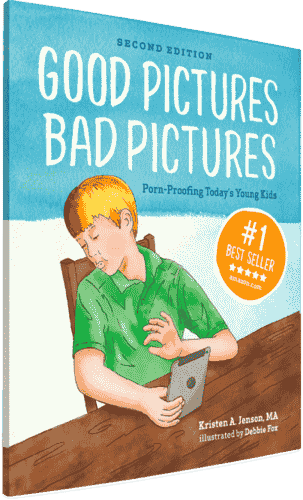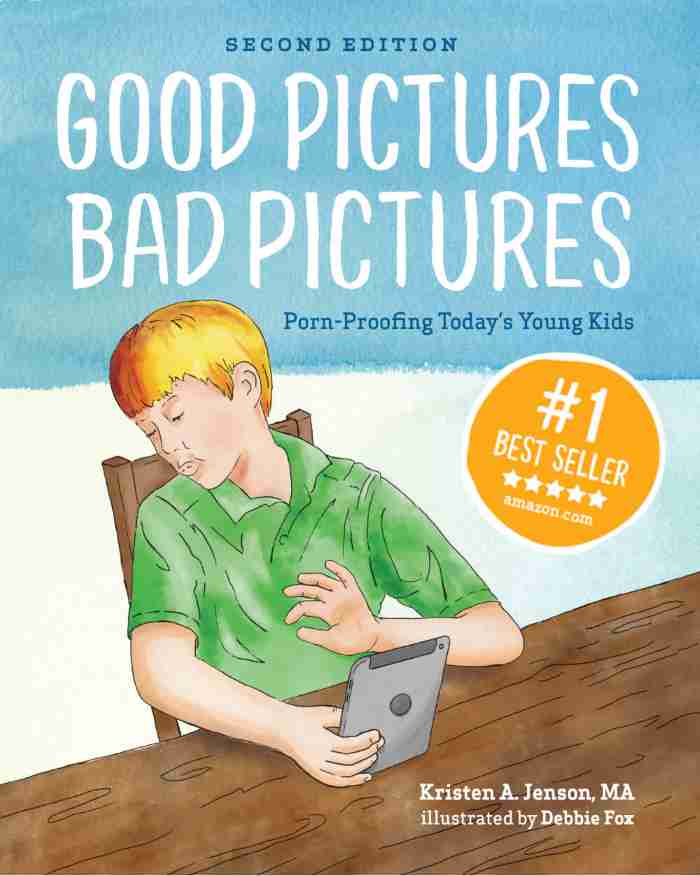
Addiction Alert! 3 Facts Every Parent Needs to Know
(3-5 minute read) Are you ever worried that your kids are getting addicted to electronic devices and games? You’re not alone! Video games, apps and social media exploit our natural brain processes and can turn them into a destructive addiction.

In fact, gaming addiction has become such a problem in China, an internet detox boot camp has been created to help kids escape the trap.
Addiction starts in the brain
The internet provides endless novelty and opportunities for seeking pleasure and reward. Our brains love novelty and pleasure! In fact, our brains produce a chemical that drives us to seek novelty and pleasure because both of these rewards help us survive as a species.
That brain chemical is dopamine. And it’s powerful, driving everything we do. (In fact, it’s often referred to as the “molecule of motivation.”) Without dopamine, we’d never go seeking food even if we were hungry or starving. Without dopamine, we’d never go seeking a sexual partner to marry or friends to be our companions.
But our dopamine can be exploited. And I’m pretty sure game creators and social media developers know how to exploit our dopamine —that’s why we need to understand how it works as well!
Add pornography to the mix and it’s like pouring lighter fluid onto a dopamine fire--KABOOM!
When dopamine is exploited (by both substances and behaviors), even young brains can become trapped in compulsive behavior or addiction.
Here are the 3 facts parents need to know about addiction:
- Addictions can begin early, even in children
- Dopamine drives addiction,
- Pornography hijacks and exploits dopamine production
Addictions can begin early
Of course not every child who plays video games or even seeks for pornography in an internet search will become addicted. But here’s a sobering testimonial.
Clay Olsen of Fight the New Drug once told parents that of the thousands of emails they receive from porn addicts, no one has ever told them they got addicted as an adult. Addictions always seem to begin in childhood. In fact, Olsen reports that kids as young as 8 have written asking for help.
How sad is that!?
A recent study by CommonSense Media on digital device use in Japan, where 90% of teens and adults own a smartphone, reported:
“When asked about their children ages 13-18, most parents say they feel their teens are addicted to mobile devices – and many indicate that they feel addicted themselves.”
So let’s learn more about how addictions are formed so that we can take preventative action with our own kids (and maybe corrective action with ourselves!).
Dopamine drives addiction
Dopamine is a powerful brain chemical associated with reward, pleasure and addiction. Dopamine floods the brain in anticipation of pleasurable experiences, urging us to repeat the behavior.
That’s why the DSM-V (the bible of psychiatrists and therapists) recently upgraded gambling from a “disorder” to an addiction. Gambling and other behaviors like using pornography can become addictions that are as real as any drug addiction, according to the American Society of Addiction Medicine.
This short National Geographic video explains the powerful role of dopamine in creating addictions.
Pornography Hijacks and Exploits Dopamine Production
But what’s the connection with pornography? One of the most powerful pleasures humans experience is related to sex. And the brain produces dopamine during sex so humans will want to engage in it again.
Dr. Norman Doidge, a psychiatrist with a degree from Columbia who wrote The Brain That Changes Itself, explains it this way:
“Pornography, by offering an endless harem of sexual objects, hyperactivates the appetitive [pleasure] system [in the brain]. Porn viewers develop new maps in their brains, based on the photos and videos they see. Because it is a use-it-or-lose-it brain, when we develop a map area, we long to keep it activated. Just as our muscles become impatient for exercise if we’ve been sitting all day, so too do our senses hunger to be stimulated.”
Doidge goes on to describe how “the men at their computers looking at porn were uncannily like the rats [in a study]…pressing the bar to get a shot of dopamine or its equivalent.”
Abusing dopamine leads to addiction
As Dr. Donald L. Hilton explains,
“It’s the overuse of the dopamine reward system that causes addiction. When the pathways are used compulsively, a downgrading occurs that actually decreases the amount of dopamine in the pleasure areas available for use, and the dopamine cells themselves start to atrophy, or shrink.”
Unfortunately, as these cells shrink, cravings for dopamine skyrocket, leading the user to seek out more dopamine-pumping, pleasurable experiences. And the internet obliges! It just so happens that novelty also delivers dopamine; that’s why we get excited about new things.
However, as porn viewers seek, click and are aroused by new material, their addiction deepens. High speed internet has added a powerful force multiplier to pornography.
As Mark Bell, a sex addiction therapist explains in a previous post,
“When a child sees porn, that child’s brain will begin to release large amounts of dopamine, creating a drive for more, even in a child who did not like seeing pornography in the first place.”
[[CTA]]
Here’s one more tell-it-like-it-is quote from Doidge:
“Pornographers promise healthy pleasure and relief from sexual tension, but what they often deliver is an addiction, tolerance, and an eventual decrease in pleasure. Paradoxically, the male patients I worked with often craved pornography but didn’t like it.”
Dopamine drives us to seek a thousand types of pleasure, many of which are important for our survival. But when dopamine is overused and abused, as in the case of the “supernormal stimulus” of internet pornography, debilitating and destructive addictions can develop.
So let’s get smarter than our dopamine and help our kids to do the same!
Kid Talking Points: How to Talk about Dopamine and Addiction
- Our brains make many chemicals or drugs to keep our bodies and minds functioning.
- One of these drugs helps us want to do important things like go and eat or go and play a fun game or do something else we feel is exciting. This special brain drug is called dopamine.
- Looking forward to pleasure can release dopamine in our brain.
- Dopamine is really important for our survival! It gets us to go and do things like eat something yummy or achieve a goal (yay, I finished my homework!).
- However, flooding our brains over and over with too much dopamine can be harmful. That can happen when people find pornography and then keep looking for more.
- Addictions develop when our brain get used to a lot of dopamine and then craves even more. Looking at pornography can cause the brain to produce too much dopamine.
- You can take good care of your brain by protecting it from pornography. If you see it, close your eyes, turn away and come and tell me or ___________________ (fill in a name of a trusted adult).



Good Pictures Bad Pictures
"I really like the no-shame approach the author takes. It's so much more than just 'don't watch or look at porn.' It gave my children a real understanding about the brain and its natural response to pornography, how it can affect you if you look at it, and how to be prepared when you do come across it (since, let's face it... it's gonna happen at some point)." -Amazon Review by D.O.







